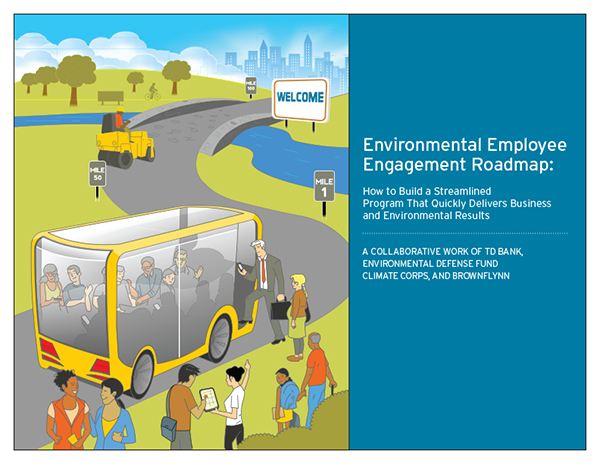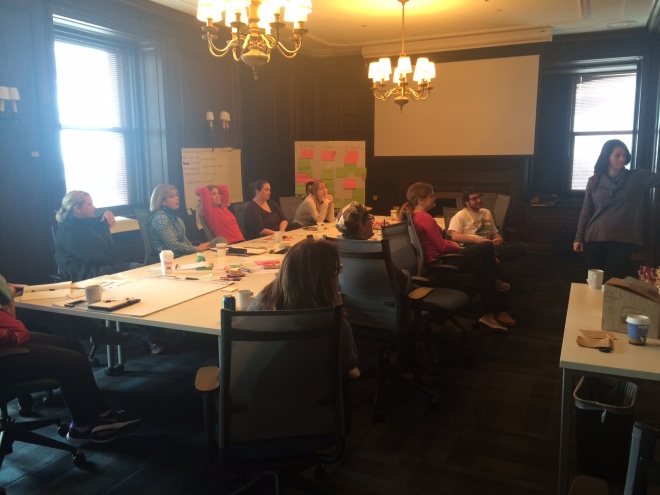This week’s 2014 Proxy Review Webinar reinforced the leadership role shareholders are playing in influencing companies to address their environmental, social and governance (ESG) impacts.
According to Heidi Welsh, Executive Director of the Sustainable Investment Institute, U.S. shareholders are breaking records in the number of social and environmental proposals filed in 2014 (417 as of February 14!). The most active proposal filers in 2014 have been SRI groups (31%), pension funds (24%) and religious groups (17%). The issues addressed include political activity, environment (climate change and energy), sustainability and diversity. The increase in discussion of political activity relates to a changing context, as shareholders are interested in companies’ political spending and lobbying and whether or not these activities align with their stated corporate responsibility objectives. Where companies devote their time and money in political activity can leave a lasting mark; as Timothy Smith, Director of ESG Management at Walden Asset Management, said, “the power of the purse in influencing elections and public policy is real.”

One interesting trend is that shareholders now have a systemic view of corporate responsibility topics. Andrew Behar, the CEO of As You Sow, discussed the interconnectedness of environmental and social issues and how shareholders no longer view these issues in isolation. For example, Behar described how corporate political spending relates to energy policy, which relates to climate change, which relates to water and agriculture, which relate to human rights. In addition, shareholder requests for sustainability reporting disclosures are expanding in focus, from purely environmental efforts to more social topics and supply chain issues. These findings mirror those highlighted in the State of Green Business 2014, as companies are “integrating social issues into their sustainability programs” and seeing “how improving lives makes good business sense.”
What are the key takeaways for companies?
- Environmental and social issues are of growing interest to shareholders, increasing pressure on companies to demonstrate management of these issues.
- Shareholder engagement is an invaluable tool for risk management; often, shareholders raise environmental and social topics early, which helps companies consider what topics they should address now and in the future.
- Shareholders are looking for transparency and accountability, particularly related to political activity. Companies will need to evaluate how their current reporting practices meet the needs of shareholders. Many will turn to the Global Reporting Initiative G4 Sustainability Reporting Guidelines for help in determining what topics to prioritize. This is accomplished through materiality assessments which provide an outline for companies to organize and prioritize their corporate responsibility objectives, performance, governance and management approach.
I look forward to seeing how shareholder environmental and social resolutions evolve, how companies respond, and what corporate responsibility best practices emerge throughout the rest of the year. How will your company address shareholder concerns and engage with shareholders in 2014?
By Brittany VanderBeek, Analyst















